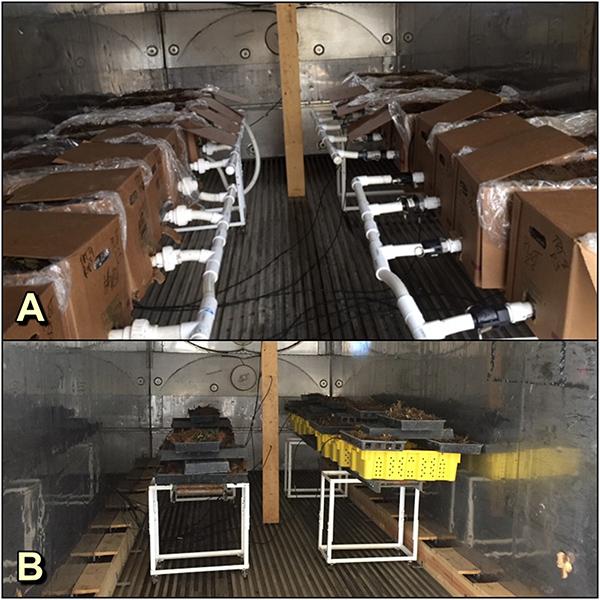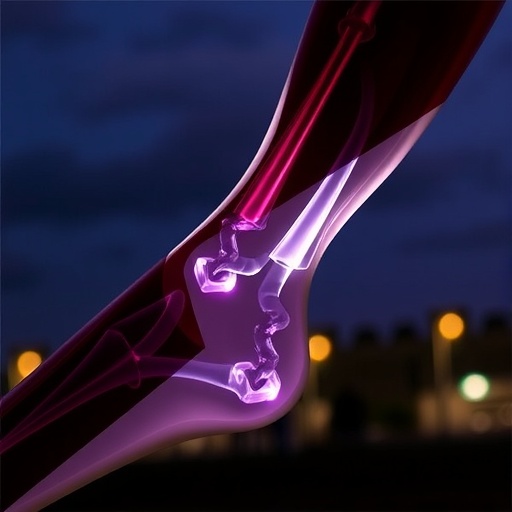
Credit: William W. Turechek, Ole Myhrene, Janet Slovin, and Natalia A. Peres
In the strawberry nursery industry, a nursery’s reputation relies on their ability to produce disease- and insect-free plants. The best way to produce clean plants is to start with clean planting stock. Many nurseries struggle with angular leaf spot of strawberry, a serious disease that can result in severe losses either by directly damaging the plant or indirectly through a violation of quarantine standards within the industry.
Angular leaf spot is caused by the bacterial pathogen Xanthomonas fragariae. Current management strategies rely primarily on the application of copper compounds after planting. Aside that these compounds are not applied until after the pathogen has had some time to establish, these products are also short-lived and can result in phytotoxicity.
Heat is another technique used to kill pathogens in plants and is typically applied prior to planting when the pathogen population is presumably at its lowest. However, heat treatments are often too harsh on plants, stunting their growth or killing them. Heat can also further spread pathogens if applied as a hot water treatment.
“One of the main problems with using heat to treat plants is that the temperature is also damaging to the tissues of most plants,” explained Bill Turechek, a plant pathologist at the USDA in Florida. “This is why heat treatments are most often applied as seed treatments or on dormant woody tissues that tend to be more tolerant of the treatment.”
Turechek and colleagues set out to develop a new heat-based treatment that would kill pathogens without hurting the plant. When asked what most excited them about their research and their new method, Turechek responded, “That it works! By introducing a lower-temperature conditioning step and using steam rather than hot water, we produced plants that were better able to withstand the higher temperature treatment designed to destroy the pathogen.”
The new method uniquely uses a two-step process. The first step is a conditioning heat treatment that induces production of protective proteins and other molecules in the plant. The second step involves the application of a lethal temperature that kills the pathogen while doing little damage to the plant. This method, which applies heat via aerated steam, also reduces the spread of pathogens that might not have been killed in hot water treatments and subsequently dispersed in the bath water.
For the strawberry industry, this new method provides a safe way to eliminate pathogens and pests and should result in reduced pesticide applications and increased fruit quality and yield.
While this method was designed to target the pathogen that causes angular leaf spot, it has been shown to be effective against fungal pathogens, some nematodes, and insect pests.
“In other words, this treatment looks to have a broad spectrum of activity against numerous microbial, insect, and mite pests,” Turechek explained. This protocol should be applicable to many other commodities.
###
The research and the plans for building the precision thermotherapy units needed in this new method are outlined in “The Use of Aerated Steam as a Heat Treatment for Managing Angular Leaf Spot in Strawberry Nursery Production and Its Effect on Plant Yield” published in the open access PhytoFrontiers.
Media Contact
Ashley Bergman Carlin
[email protected]
Related Journal Article
http://dx.




